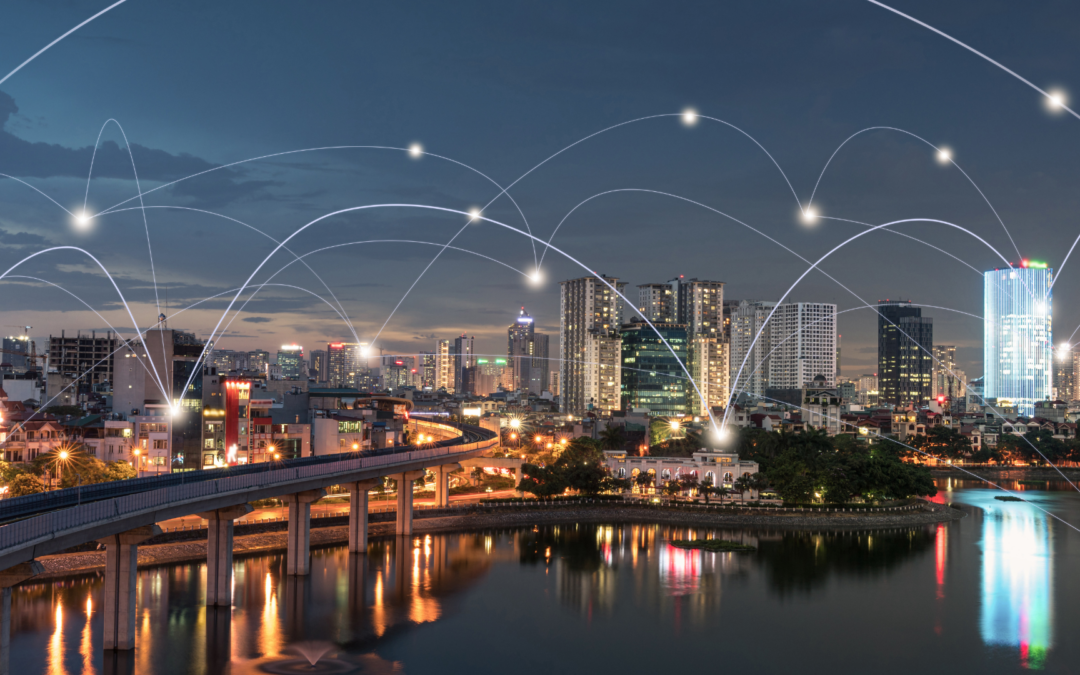Introduction
The importance of internet access in our day-to-day lives truly cannot be overstated. In the past thirty years, internet connections have exploded in relevance and number, becoming integral parts of everything from business to leisure to entertainment to infrastructure. With these rapid developments have come more and more options tailored for different needs, industries, locations, and preferences. Fixed wireless is one such solution: its unique technology lends itself to those in remote or rural areas, those with lower budgets, and/or those looking for short-term or temporary connections. It has quickly established itself as an innovative and efficient means of bridging the connectivity gap. In this blog post, we will explore the basics of Fixed Wireless Internet, delve into its benefits, and understand how it works.
Understanding Fixed Wireless Internet
Fixed Wireless Internet is a type of internet connection that utilizes wireless signals to deliver high-speed internet access to homes, businesses, and even entire communities. Unlike traditional wired connections that rely on cables, Fixed Wireless Internet employs radio waves transmitted via specialized equipment, such as antennas and transmitters. These wireless signals are then received by a dish or antenna installed at the subscriber’s location, enabling access to the internet.
How Does Fixed Wireless Internet Work?
Fixed Wireless Internet operates by establishing a direct line-of-sight connection between the service provider’s base station and the customer’s antenna or receiver. Here’s a simplified overview of the process:
Base Station Setup:
- The internet service provider (ISP) sets up a base station or tower that transmits wireless signals over a specific frequency band, typically using licensed or unlicensed spectrum.
Subscriber Equipment:
- The subscriber’s location is equipped with an antenna or receiver, usually installed on a rooftop or a tall structure. This equipment communicates with the base station and receives the wireless signals.
Signal Transmission:
- The base station transmits the internet data wirelessly in the form of radio waves, which travel through the air to the subscriber’s antenna.
Signal Reception:
- The subscriber’s antenna or receiver captures the radio waves and converts them into electrical signals, which are then sent to a modem or router.
Internet Access:
- The modem or router connected to the subscriber’s antenna translates the electrical signals into usable data packets, providing high-speed internet access to connected devices within the premises.
Benefits of Fixed Wireless Internet
Rapid Deployment:
- Fixed Wireless Internet can be quickly deployed in areas where laying cables or fiber optic connections may not be feasible or cost-effective. It enables internet service providers to expand coverage and bridge the digital divide more efficiently.
Cost-Effective:
- Compared to traditional wired connections, Fixed Wireless Internet offers cost savings in terms of infrastructure setup and maintenance. It eliminates the need for extensive trenching, reducing both time and expenses.
Scalability:
- Fixed Wireless Internet can cater to a wide range of users, from individual homes to entire communities. It allows for easy scalability and upgrades, accommodating increased bandwidth demands as required.
Reliable Performance:
- With advancements in technology, Fixed Wireless Internet now provides reliable and stable connectivity, even in challenging terrains and remote locations. Service disruptions due to weather conditions have been minimized, ensuring consistent internet access.
Flexibility:
- Fixed Wireless Internet offers flexibility in terms of location and mobility. It can be deployed in both urban and rural areas, providing internet access to underserved communities. Additionally, it allows for portable setups, making it suitable for temporary events or construction sites.
Conclusion
Fixed Wireless Internet has emerged as a viable solution for extending high-speed internet access to areas previously underserved by traditional wired connections. Its reliance on wireless signals, rather than physical cables, makes it a versatile and cost-effective option for both urban and rural settings. With its rapid deployment, scalability, and reliable performance, Fixed Wireless Internet is transforming the connectivity landscape and bridging the digital divide. As technology continues to evolve, this innovative solution promises to play an even more significant role in providing seamless internet access to all.

